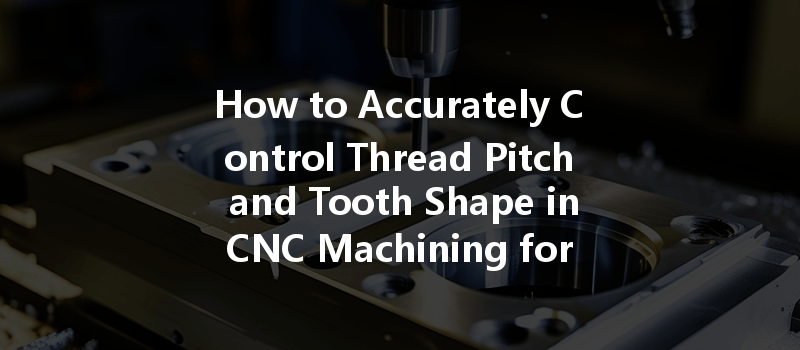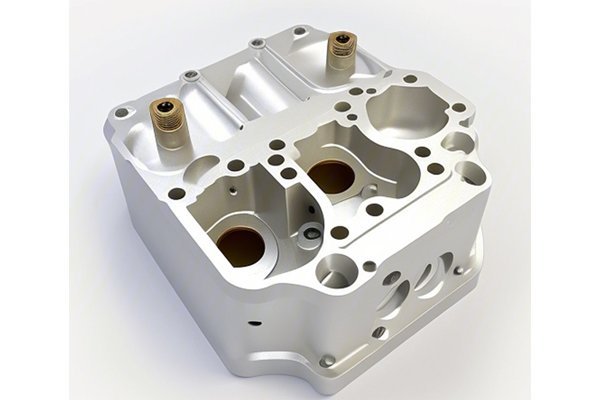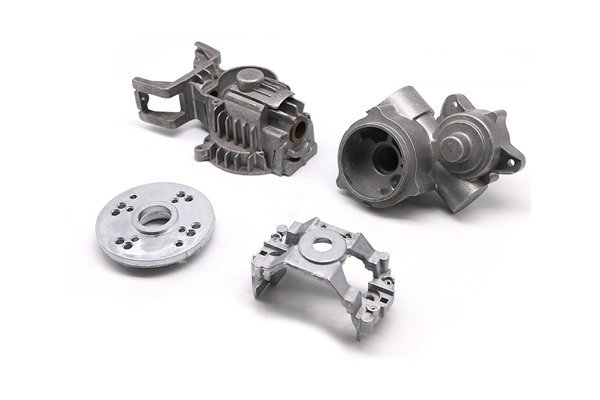Opening
Did you know that accuracy in thread pitch and tooth shape can significantly enhance the performance and lifespan of mechanical components? According to industry experts, precision engineering in CNC (Computer Numerical Control) machining can reduce failures in threaded parts by up to 40%. This statistic highlights the importance of mastering thread pitch and tooth shape when it comes to CNC machining. Understanding how to control these factors can lead to better product designs, improved functionality, and ultimately, increased customer satisfaction. But how can engineering professionals ensure that these critical parameters are consistently maintained throughout the machining process? Let’s explore this topic in depth.
Understanding Thread Pitch and Tooth Shape
Thread Pitch refers to the distance between threads measured parallel to the axis of the screw. It is a critical factor in determining how well two threaded components will fit together. A tool with an incorrect pitch may lead to components that are either too loose or too tight, resulting in diminished performance and early wear.
Tooth Shape, on the other hand, relates primarily to gears and cutting tools. The shape of the teeth impacts how well gears mesh, influencing overall mechanical efficiency and transmission of motion between components. An incorrect tooth shape can lead to vibration, excessive wear, and ultimately, mechanical failure.
To optimize performance, both thread pitch and tooth shape must be precisely controlled throughout the CNC machining process. So, how can engineers achieve this level of accuracy?
Detailed Solutions for Accurate Control
The foundation of achieving precise control over thread pitch and tooth shape starts with the right CNC machine. Different machines have their unique capabilities and limitations, making it essential to choose one that suits the specific requirements of the project.
Choosing the right tools plays a crucial role in ensuring accuracy. The specific cutting tools used will dictate the quality of the thread pitch and tooth shape.

Modern CNC machines come equipped with advanced software that can significantly enhance precision.
To ensure that products meet the necessary specifications, rigorous quality control is key.
Lastly, investing in your workforce’s skills is crucial for ensuring control over thread pitch and tooth shape.
In summary, achieving precise control over thread pitch and tooth shape in CNC machining involves a multifaceted approach that combines technology, tooling, quality control, and skilled labor. By selecting the right CNC machine, utilizing advanced software, closely monitoring tools, implementing quality control measures, and fostering a knowledgeable workforce, engineers can produce high-quality components that meet stringent performance criteria.
Understanding how to optimize these factors is not just critical for meeting client specifications; it significantly impacts the efficiency and longevity of mechanical systems. As businesses strive for greater precision in manufacturing processes, remembering the importance of thread pitch and tooth shape control can lead to enhanced product quality and customer satisfaction. It’s an investment in both technology and personnel that any modern manufacturing firm must consider.






